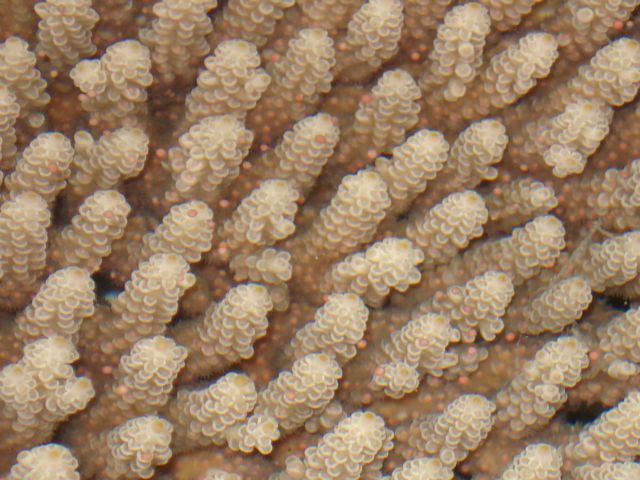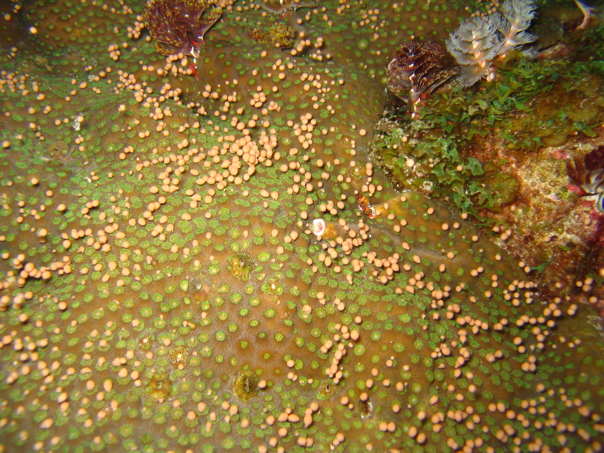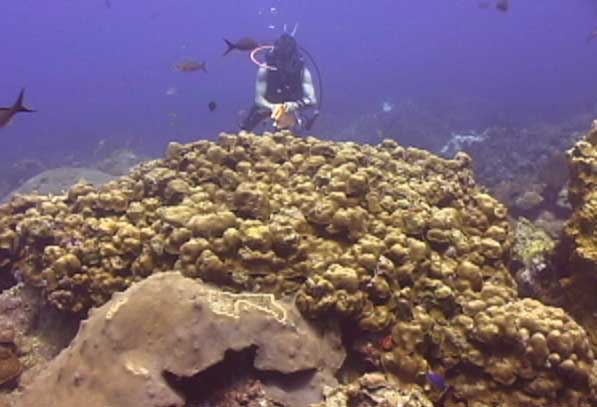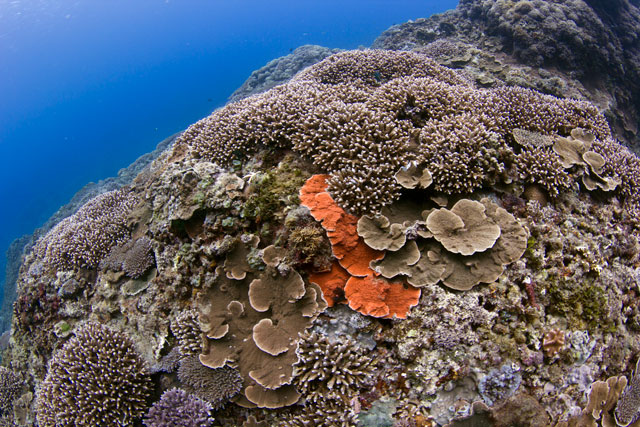- Bianca R. Maters, Emily Stevenson, Peter D. Vize. Embryonic and aglomerular kidney development in the bay pipefish, Syngnathus leptorhynchus. bioRxiv 2021.08.17.456591; doi: https://doi.org/10.1101/2021.08.17.456591
- Wuitchik, D.M., Wang, DZ., Pells, T.J., Karimi, K., Ward, S. and Vize, P.D. (2019). Seasonal temperature, the lunar cycle and diurnal rhythms interact in a combinatorial manner to modulate genomic responses to the environment in a reef-building coral. Molecular Ecology, https://doi.org/10.1111/mec.15173
- Oldach. M.J. and Vize, P.D. (2018). De novo assembly and annotation of the Acropora gemmifera transcriptome. Marine Genomics, 40; 9-12.
- Oldach. M.J., Workentine, M., Matz, M.V., Fan, T-Y., and Vize, P.D. (2017). Transcriptome dynamics over a lunar month in a broadcast spawning acroporid coral. Molecular Ecology, 26; 2514-2526.
- Brady, A.K.,Willis, B.L. and Vize, P.D. (2016). Lunar phase modulates circadian gene expression cycles in the broadcast spawning coral, Acropora millepora. Biological Bulletin 230; 130-142
- Hoadley, K.D. ,Vize P.D. and Pyott, S.J. (2016). Current understanding of the circadian clock within cnidaria. In “The Cnidaria, past present and future” Eds. S. Goffredo and Z. Dubinsky. Springer, NY.
- Reichman, J.R. and Vize, P.D. (2014). Separate introns gained within short and long soluble peridinin-chlorophyll a-protein genes during radiation of Symbiodinium (Dinophyceae) clade A and B lineages. PLoS One 9(10); e110608
- Davies, S.W., Matz, M.V. and Vize, P.D. (2013). Ecological complexity of coral recruitment processes: effect of herbivores on coral recruitment and growth depends upon substrate properties and coral species. PLoS One 8 (9): e72830
- Hilton, J.D., Brady, A.K., Spaho, S.A. and Vize, P.D. (2012). Photoreception and signal transduction in corals; proteomic and behavioral evidence for cytoplasmic calcium as a mediator of light responsivity. Biological Bulletin 223: 291-299.
- Vize, P.D., Hilton, J.D. and Brady, A.K. (2012). Biological clock driven circadian transcriptional cycles in Acropora millepora. Proc. 12th ICRS. 12A-5; 1-5.
- Brady, A.K., Snyder, K. and Vize, P.D. (2011). Circadian cycles of gene expression in the coral, Acropora millepora. PLoS One 6(9): e25072
- Brady, A.K., Hilton, J.D. and Vize, P.D. (2009). Coral spawn timing is a direct response to solar light cycles and is not an entrained circadian response. Coral Reefs 28; 677-680. Erratum (2010) http://dx.doi.org/10.1007/s00338-010-0589-2
- Vize, P.D. (2009) Transcriptome analysis of the circadian regulatory network in the coral, Acropora millepora. Biological Bulletin 216: 131-137.
- Vize, P.D., Hilton, J.D., Brady, A.K. and Davies, S.W. (2008). Light sensing and the coordination of coral broadcast spawning behavior. Proc. 11th ICRS., 385-388.
- Davies, S.W. and Vize, P.D. (2008). How herbivores affect juvenile coral growth in the Gulf of Mexico. Proc. 11th ICRS., 1220-1222.
- Vize, P.D. (2006). Deep water broadcast spawning by Montastraea cavernosa, M. franksi and Diploria strigosa at the Flower Garden Banks, Gulf of Mexico. Coral Reefs 25; 169-171.
- Vize, P.D., Embesi, J.A., Nickell, M., Brown, D.P. and Hagman, D.K. (2005).Tight temporal consistency of coral mass spawning at the Flower Garden Banks, Gulf of Mexico, from 1997 - 2003. Gulf of Mexico Science 05_GOMS_23-107s
- Reichman, J.R., Wilcox, T.P. and Vize, P.D. (2003). Characterization and organization of the PCP gene family in Symbiodinium from Hippopus hippopus : low levels of concerted evolution among PCP genes contribute to predicted isoform diversity and spectral tuning of chromophores. Mol. Biol. Evol. 20: 2143-2154.
- Hagman, D.K. and Vize, P.D. (2003). Mass spawning by two brittle star species, Ophioderma rubicundum and O. squamosissimum, at the Flower Garden Banks, Gulf of Mexico. Bulletin Marine Sci. 72(3): 871-876.
- Hagman, D.K., Gittings, S. and Vize, P.D. (1998). Fertilization in broadcast-spawning corals of the Flower Garden Banks National Marine Sanctuary. Gulf Mexico Sci. 16: 180-187




